|
The book “Symbols, insignia and worship objects of the Annamese people” by Gustave Dumoutier. (Photo: NHA NAM) |
Gustave Dumoutier devoted his life to tirelessly researching and introducing the unique features of Vietnamese culture and customs. Gustave Dumoutier's great academic career includes two important works, "Annamite Funerals" and "Symbols, Insignia and Worship Objects of the Annamese", both of which were published by Nha Nam.
The book “Symbols, insignia and worship objects of the Annamese people” has just been introduced to readers by Nha Nam, with a conversation around the book by two speakers, researcher Mai Anh Tuan and researcher Tran Trong Duong.
On the altar, each worship item, from incense bowls, candles to offerings, all have profound spiritual meanings. Accordingly, common symbols on worship items such as the word "Phuc", "Tho", the image of Yin and Yang, the River Map, the Lac Thu and many other images have been carefully recorded by scholar Gustave Dumoutier in his book. What is special is that the author does not just stop at describing the surface, but also delves into the cultural and spiritual values hidden behind each item.
The research work records and interprets many symbols from familiar to ancient such as: Happiness and longevity, yin and yang, dragon, river map, Luo Shu, dragon horse, crane perched on turtle's back, phoenix, five blessings, eight trigrams, dragon and tiger fighting... and many other images.
Along with the explanation of the meaning, French scholar Gustave Dumoutier also recorded the applications of these symbols in the religious and worship life of the Vietnamese people, their beliefs and taboos. The origin of these symbols was also carefully researched, compared with historical books and annotated in detail for readers to easily look up during the reading process.
|
Two speakers Mai Anh Tuan and Tran Trong Duong. |
The value of the book also lies in the rich and detailed system of illustrated documents about the worship items of the Vietnamese people in the late 19th century, helping future generations to visualize specifically the spiritual life of the Vietnamese people more than a century ago. These illustrations are important historical documents in the study of Vietnamese religious culture.
For each symbol, scholar Gustave Dumoutier carefully included one or two accompanying images to preserve the image of that symbol from hundreds of years ago, helping readers of many generations, in many periods, to compare and contrast with their own period. The drawings in the book are printed sharply, reproducing the best images of objects and symbols from hundreds of years ago, partly helping today's readers to compare and contrast with the image of that symbol in a modern context. Along with the illustrations are Nom script annotations in the pictures, contributing to explaining to readers to understand more about the symbols being studied.
There are many symbols that have been kept intact through many generations, still carrying profound meanings as recorded in Dumoutier's book.
The book was made quite elaborately and the editing and proofreading also took a lot of time. To get the most accurate and realistic translation, the editors had to compare the original French version, look up the content related to Chinese characters, Han-Nom, as well as research and compare with the current reality of the symbols and emblems mentioned in the book.
|
Many young readers are very interested in the research content of the book. |
Researcher Mai Anh Tuan said that the book and its system of illustrations redrawing the system of worship objects... provide us with an idea of the symbols and insignia of this worship object. This is a basis for us to make publications, products about worship objects, insignia or worship symbols or become a reference to look more closely at the production of these products. In addition, researcher Mai Anh Tuan also said that the book has opened up a way to understand and interpret the world of beliefs and spirits of the Vietnamese people.
Researcher Tran Duc Duong said that the book is very meaningful in moving towards building a database system of symbolic projects related to the worship beliefs of Vietnamese people from ancient times to the present. In addition to studying the basic meanings of symbols in religions such as dragons, snakes, birds, etc., the book is also meaningful in applying knowledge from traditional culture to current life.
The treasure trove of Vietnamese folk culture, especially in spiritual culture, always has interesting things that need to be discovered . Books such as “Symbols, insignia and worship objects of the Annamese” by Gustave Dumoutier not only record a part of the customs and lifestyle of the Vietnamese people from the early 20th century, but also bring useful applications in today's life.


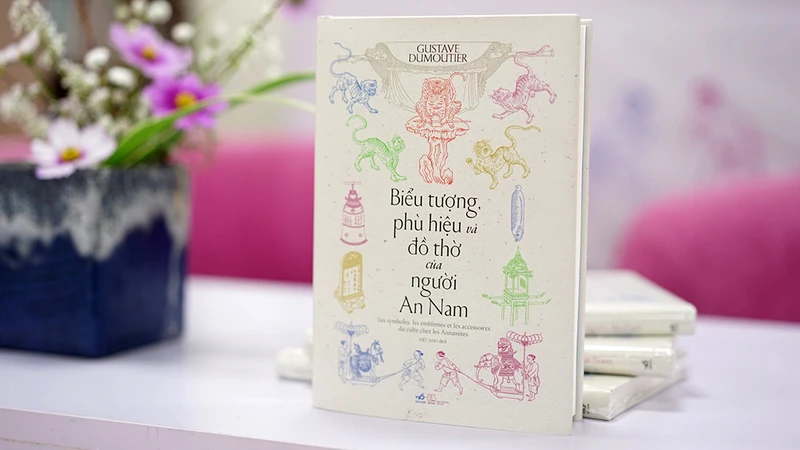

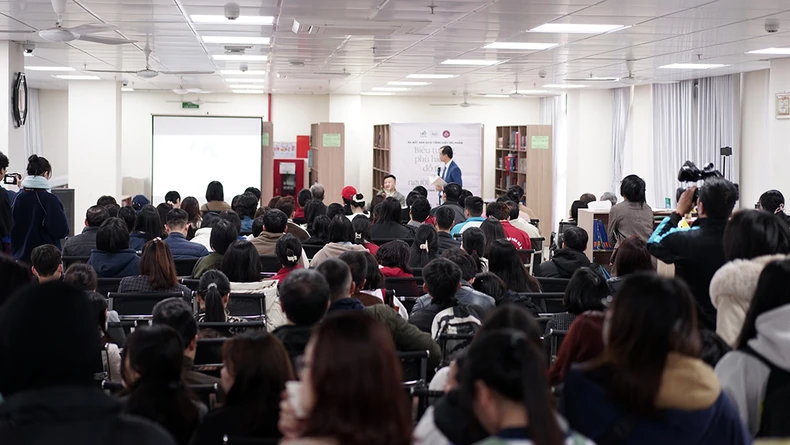








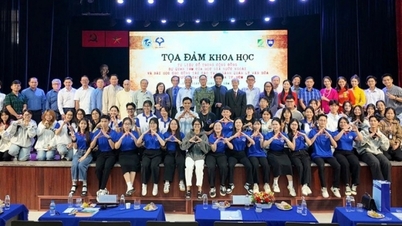


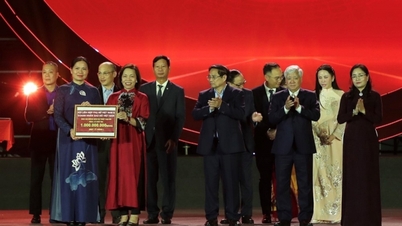


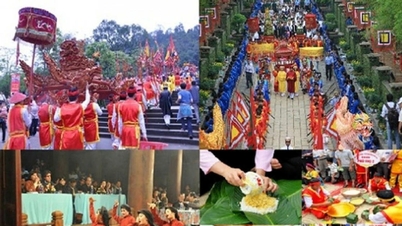





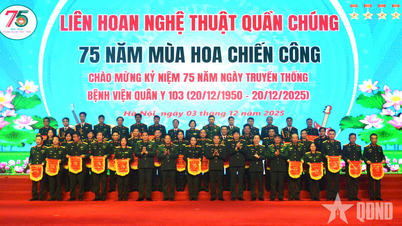

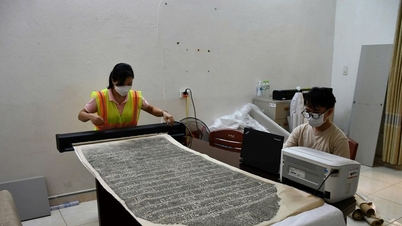


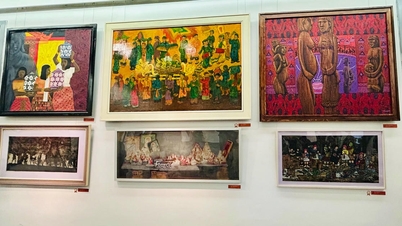





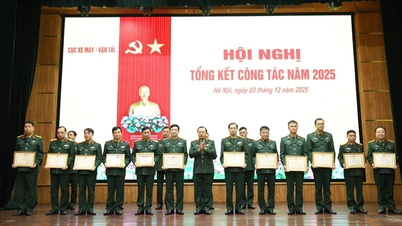
![[Video] Focus on thematic audits and hot areas of interest to voters](https://vphoto.vietnam.vn/thumb/402x226/vietnam/resource/IMAGE/2025/12/03/1764777738344_2-691-png.webp)

![[Video] More than 96% of cases related to land planning, management and use have been resolved.](https://vphoto.vietnam.vn/thumb/402x226/vietnam/resource/IMAGE/2025/12/03/1764775937805_1-5566-png.webp)
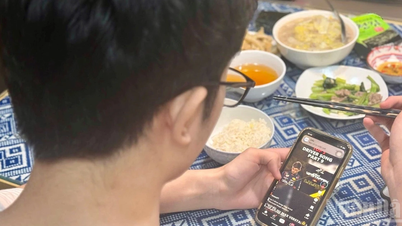
![[Photo] Worshiping the Tuyet Son statue - a nearly 400-year-old treasure at Keo Pagoda](/_next/image?url=https%3A%2F%2Fvphoto.vietnam.vn%2Fthumb%2F1200x675%2Fvietnam%2Fresource%2FIMAGE%2F2025%2F12%2F02%2F1764679323086_ndo_br_tempimageomw0hi-4884-jpg.webp&w=3840&q=75)
![[Photo] Parade to celebrate the 50th anniversary of Laos' National Day](/_next/image?url=https%3A%2F%2Fvphoto.vietnam.vn%2Fthumb%2F1200x675%2Fvietnam%2Fresource%2FIMAGE%2F2025%2F12%2F02%2F1764691918289_ndo_br_0-jpg.webp&w=3840&q=75)
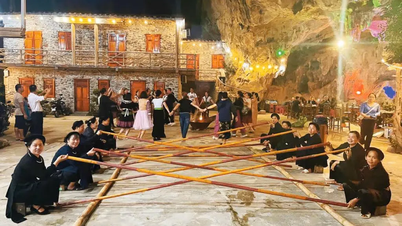



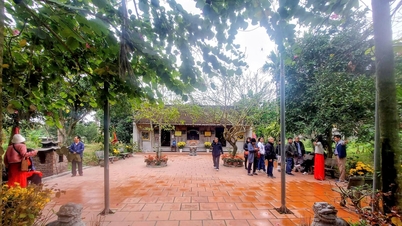

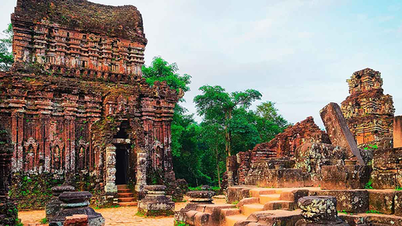


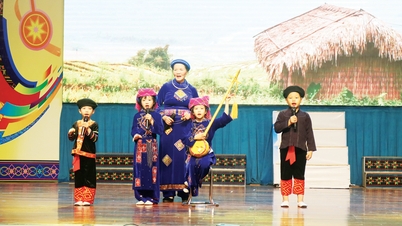








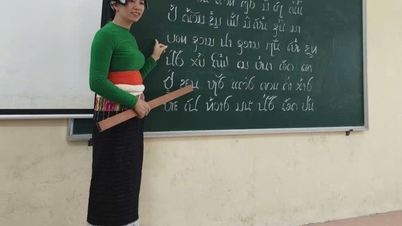

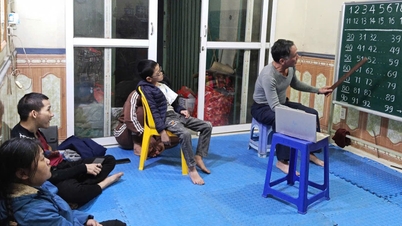

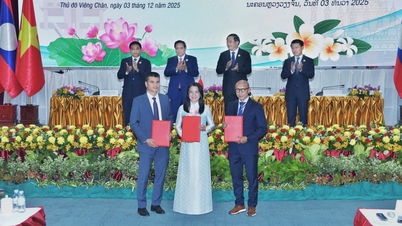


























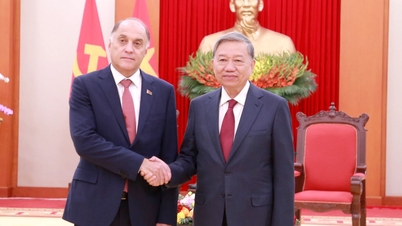




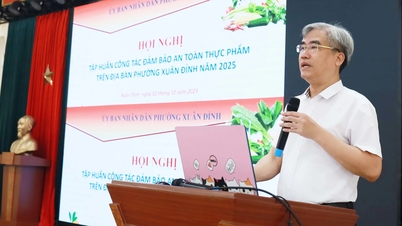


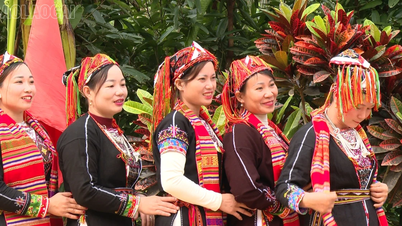














Comment (0)